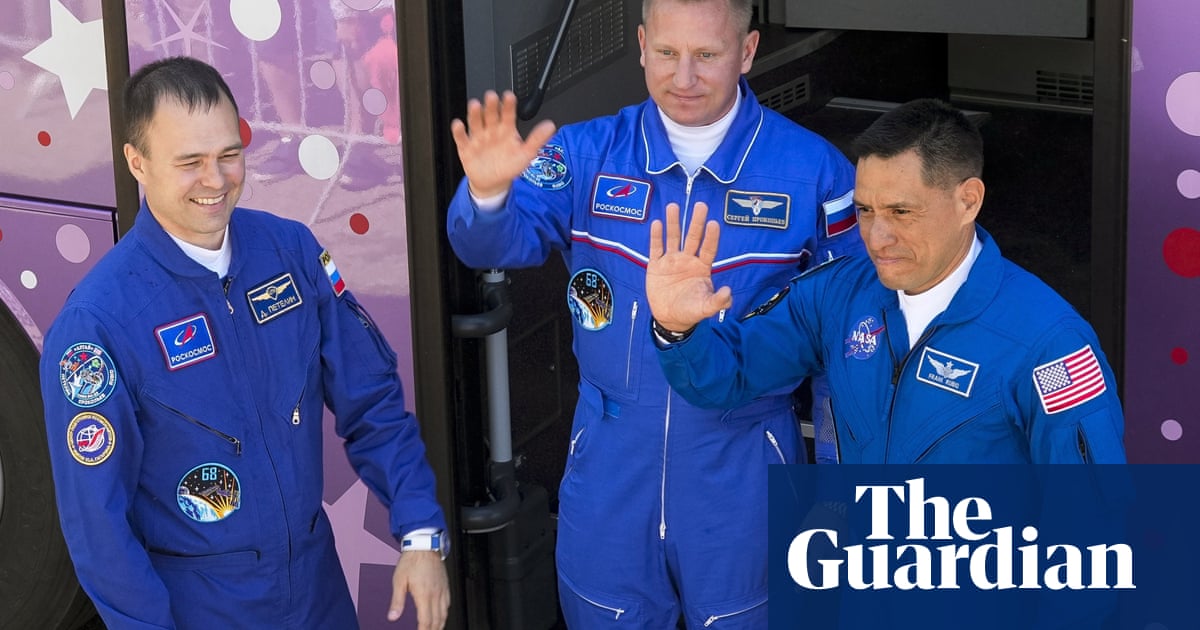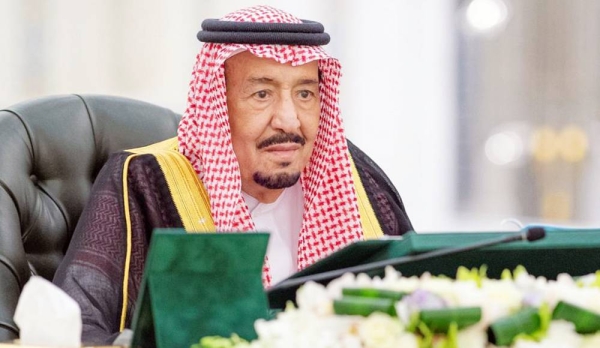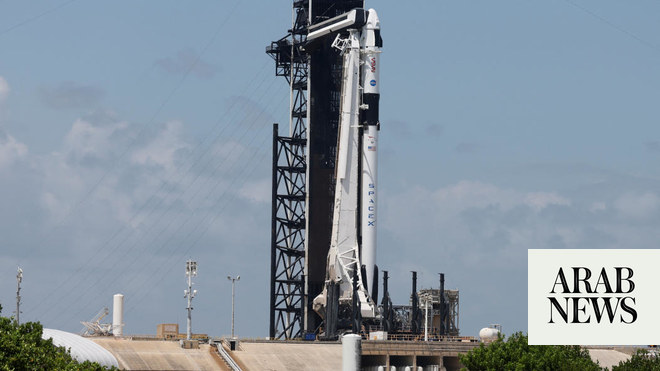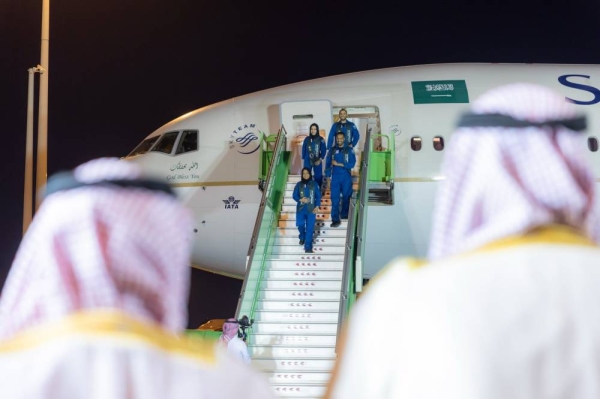
Moscow will launch a rescue vessel to the International Space Station next month to bring home three crew members who are in effect stuck in orbit after their original capsule was hit by a meteoroid.
The docked Soyuz MS-22 sprang a major leak last month, spraying radiator coolant into space and prompting a pair of cosmonauts to abort a planned spacewalk.
While Russia’s space agency, Roscosmos, said the strike caused no immediate threat to the crew of the space station, it raised concerns about whether everyone on the orbital outpost could return to Earth in an emergency situation.
With the leak resulting in higher cabin temperatures, the MS-22 was deemed unfit, leaving only one operational “escape pod” docked on the ISS – a SpaceX Crew Dragon spacecraft. There are seven people onboard the space station, but the SpaceX capsule has only four seats.
After deliberations, Roscosmos said it has decided to bring forward a planned March launch of the Soyuz MS-23 to 20 February so it can be used to transport the Russian cosmonauts Sergey Prokopyev and Dmitry Petelin and the US astronaut Francisco Rubio back to Earth.
If a “particularly critical” situation arose on the ISS in the weeks before then, Roscosmos said, the possibility of using the damaged Soyuz MS-22 to rescue the crew would be considered.
MS-23 was initially planned to take up three crew members but will head up empty as a rescue vessel. The Roscosmos chief, Yuri Borisov, did not say when Prokopyev, Petelin and Rubio would return to Earth in the backup Soyuz.
The damaged MS-22 will return without a crew once its replacement arrives, Roscosmos added.
Micrometeoroids, naturally occurring pieces of rock or metal that can be as small as a grain of sand, pose a significant danger to human spaceflight. They hurl around the Earth at about 17,000mph (27,400km/h) – much faster than the speed of a bullet.
Roscosmos said the diameter of the micrometeoroid that hit the docked Soyuz was tiny, creating a hole in the capsule that was only 1mm in diameter. It caused significant damage, with Nasa TV images showing white particles resembling snowflakes streaming out of the rear.
Human-made “space junk” can also damage equipment. In 2021, Russia blew up one of its own satellites in a missile test that created clouds of zooming shrapnel.
Space has remained a rare area of cooperation between Moscow and Washington since Russia invaded Ukraine.
The ISS was launched in stages beginning in 1998 at a time of increased US-Russia cooperation nearly a decade after the end of the cold war. The ageing space station is destined to be “de-orbited” in 2031, with a planned descent into a remote point in the Pacific.
Meanwhile, a new space race between the US and China is heating up. In 2021, Beijing’s space programme established its first Earth-orbiting crewed space station. The 70-tonne Tiangong, meaning “heavenly palace”, is expected to operate for at least 10 years.











